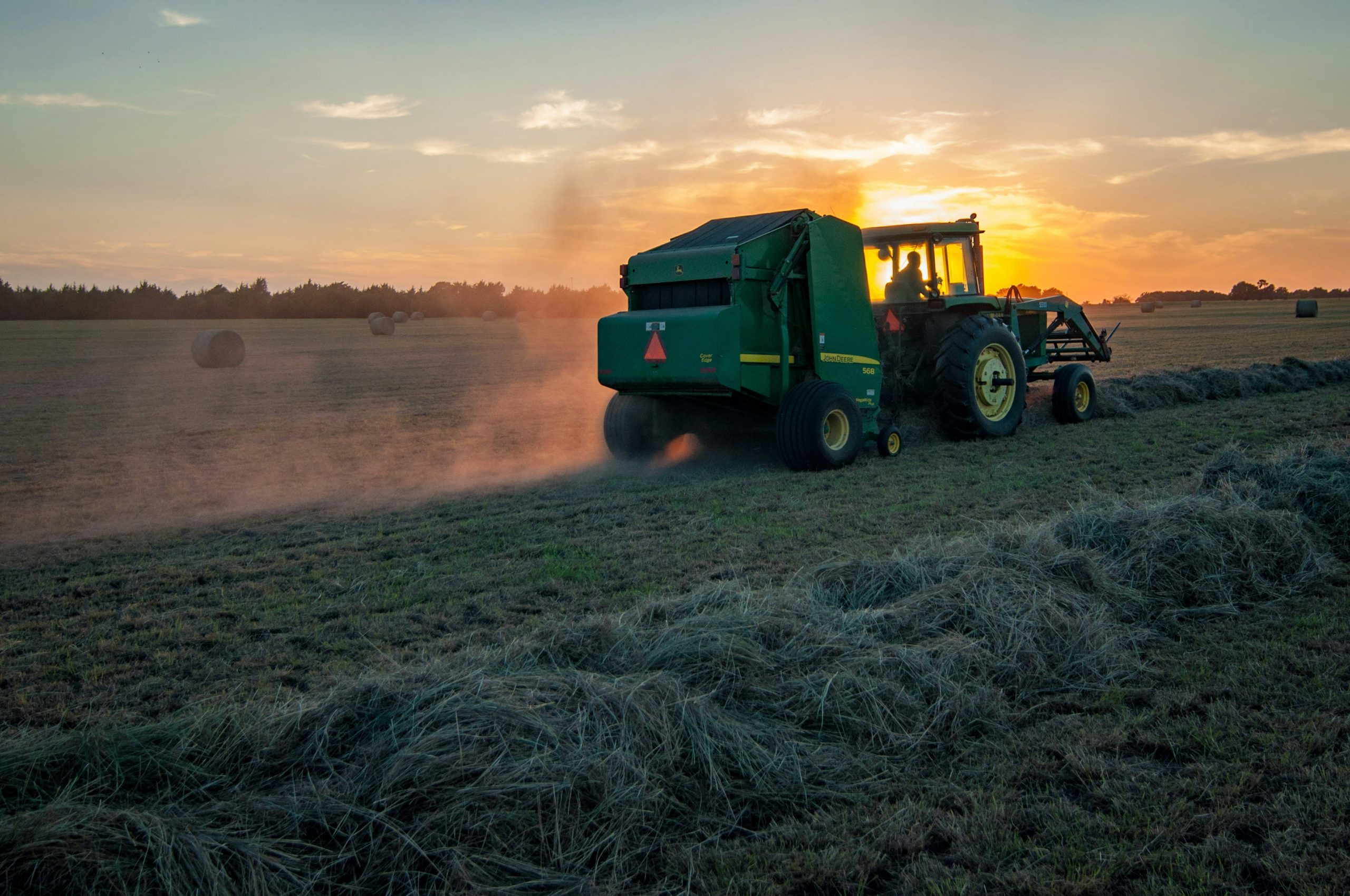The Role of Artificial Intelligence in Agricultural Insurance: Transforming Risk Management for Farmers
Introduction Agriculture is one of the most unpredictable industries, heavily dependent on weather patterns, pest infestations, and market fluctuations. Farmers constantly face financial risks due to natural disasters, climate change, and fluctuating crop yields. Artificial Intelligence (AI) is revolutionizing agricultural insurance by providing smarter, faster, and more accurate risk assessments, claims processing, and predictive analysis. In this article, we explore how AI is transforming agricultural insurance and what it means for farmers and insurers.
How AI is Enhancing Agricultural Insurance
1. Predictive Analytics for Risk Assessment
AI-powered predictive models analyze historical weather data, soil conditions, and satellite imagery to predict potential risks in different agricultural regions. This helps insurers design more accurate policies based on real-time risk assessment rather than traditional generalizations.
- Example: Machine learning algorithms can evaluate past drought patterns to forecast future drought probabilities, allowing insurers to offer tailor-made policies.
2. Automated Claims Processing
Traditional claim processing can take weeks or months, leading to delays in financial assistance for farmers. AI speeds up the claims process by:
- Using satellite imagery to assess crop damage remotely.
- Leveraging drone technology to verify claims faster.
- Employing Natural Language Processing (NLP) to analyze claim documents and detect fraud.
- Example: Companies like The Climate Corporation use AI-driven satellite monitoring to verify insurance claims within days instead of months.
3. AI-Powered Pricing Models
AI-driven risk assessment allows insurers to offer customized pricing models for farmers based on real-time data rather than relying on outdated fixed premium rates.
- Example: AI can differentiate risk levels between a flood-prone rice field and a drought-prone wheat farm, ensuring fair premium pricing.
4. Fraud Detection and Prevention
Fraudulent claims cost insurance companies millions of dollars annually. AI detects fraudulent patterns by analyzing massive datasets and identifying inconsistencies in claims.
- Example: AI can cross-check farmer-reported losses with satellite and weather data to verify legitimacy, preventing false claims.
5. Smart IoT Integration for Real-Time Monitoring
Internet of Things (IoT) devices, such as smart sensors and drones, collect real-time data on soil moisture, temperature, and plant health. AI processes this data to predict risks and help insurers adjust coverage dynamically.
- Example: John Deere’s AI-driven sensors monitor crop health and provide real-time insights to insurers, reducing uncertainty in policy underwriting.
Challenges of AI Adoption in Agricultural Insurance
While AI presents vast opportunities, some challenges hinder widespread adoption:
- High Initial Investment: Implementing AI-driven insurance models requires significant technological infrastructure.
- Data Privacy Concerns: Farmers may be reluctant to share sensitive agricultural data.
- Need for Digital Literacy: Rural farmers may require training to understand AI-powered insurance solutions.
The Future of AI in Agricultural Insurance
As AI technology continues to evolve, the future of agricultural insurance will be more data-driven, personalized, and efficient. Future advancements may include:
- Blockchain integration for transparent claim processing.
- AI chatbots for instant customer support and policy recommendations.
- Climate-adaptive insurance products based on AI-driven weather predictions.
Conclusion
Artificial Intelligence is reshaping agricultural insurance, making it more precise, efficient, and farmer-friendly. With AI-powered predictive analytics, smart pricing models, and automated claims processing, both insurers and farmers stand to benefit. As more insurance companies integrate AI, agricultural insurance will become more inclusive and adaptive to the ever-changing climate and farming challenges.
🚀 Stay updated on the latest trends in agricultural insurance by following ValeInsure!
Useful Links for Further Reading:

